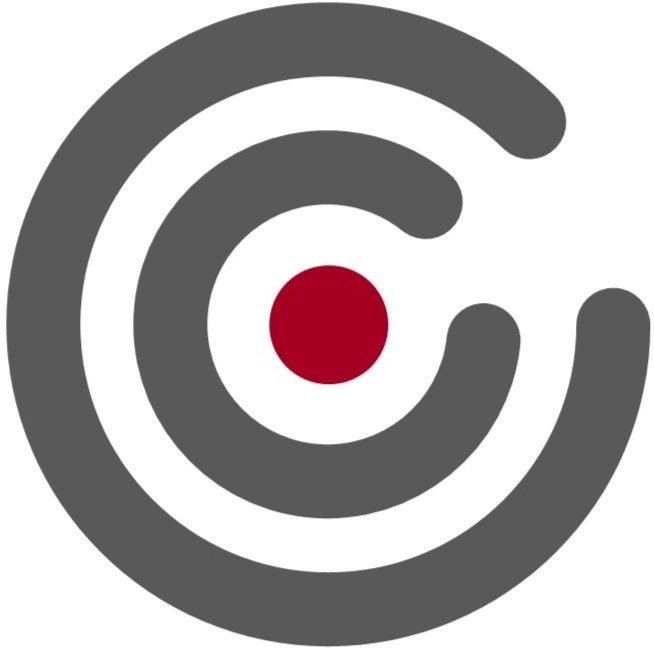Making it easier for HSBC customers to find the products they want
Spotting a page design problem and A/B testing variants increased ‘application starts’ by 29%.
All types of businesses look at the UK HSBC business website. From start-ups to the occasional multinational.
On the website we divvied those businesses into five segments and gave each a ‘segment landing page’. Each page showcased relevant products, services and business advice.
Soon after we introduced these landing pages we saw online sales dip.
Guided by analytics
We set up analytics dashboards so had core product journey MI.
With figures to hand I got going on the segment landing pages. The numbers showed high bounce rates and pinging between segments. Not enough people were progressing to product pages and sales were suffering.
Hypothesise what the problem could be
We were probably trying to show too much stuff. (Remember that experiment where shoppers shown lots of kinds of jam to choose from bought less than those shown a few?)
And red hyperlinked text and fussy imagery made the page look like a jumble sale. We reckoned visitors looked at the pages, got a migraine and went elsewhere.
How could we fix it?
A great question to ask when things are a bit awry is ‘what is the purpose of this page?’
I put forward a hierarchy of purpose for the segment landing page.
First, make getting to business bank accounts (the top sellers) the most obvious action on the page.
Second, enable users to easily find other core products.
Third, present a limited set of supporting messages
In practice this meant simplifying, including:
removing inline text links in the ‘hero’ area
cutting words and making the key call to action an obvious button
replacing twin ‘product’ and ‘business need’ navigation with just core product links, reducing link numbers by 60%
All sounds pretty obvious, eh?
Designing variants for A/B testing
Once we agreed test objectives I put a couple of high fidelity design variants together for us to chew on. I had to stay pretty close to the original layout as it'd take an aeon to develop a whole new template.
I got the designs into A/B testing along with the default, using Maxymiser, our testing partner.
A variant took the lead. When there was enough confidence we just ran that against default.
Getting the winner ready for publish
With the test over I worked with our CMS team to implement the template tweaks so we could roll it out to the other segment landing pages.
With the new, more simple page, arrivals at product pages increased by a third and application starts went up 29%. Turns out the business did not need business need navigation.
With testing in full swing I also optimised our paid search and aggregator landing pages and bank account product pages.



